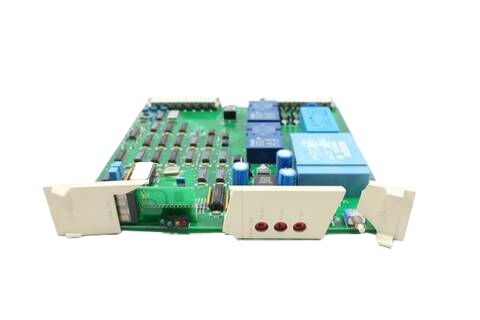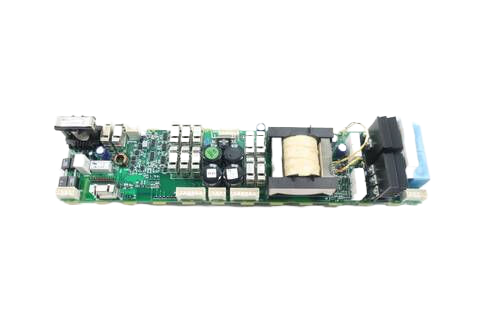Siemens 6ES7417-5HT06-0AB0

AE Automation Tech Parts: Innovative Industrial Electrical Solutions
The Siemens 6ES7417-5HT06-0AB0: A Critical Component in Modern Electrical Engineering
In the realm of industrial automation, the Siemens 6ES7417-5HT06-0AB0 plays a pivotal role in enhancing operational efficiency and reliability. AE Automation Tech Parts is dedicated to providing innovative industrial electrical solutions, and understanding the intricacies of this component is essential for any electrical engineer or automation professional.
Technical Specifications and Compliance
The Siemens 6ES7417-5HT06-0AB0 is designed in compliance with IEC 60947-2, a standard that outlines the safety requirements for low-voltage switchgear and controlgear. This ensures that the device is not only efficient but also safe for use in a variety of industrial applications.
Key specifications include:
- Power Supply: 24 V DC
- Input Voltage Range: 20.4 V to 28.8 V
- Current Consumption: Approximately 100 mA
- Operating Temperature: -20°C to +60°C
- Protection Class: IP20
These specifications highlight the robustness and reliability of the Siemens 6ES7417-5HT06-0AB0, making it an optimal choice in environments where electrical performance and safety are paramount.
Applications in Industrial Automation
The Siemens 6ES7417-5HT06-0AB0 is widely utilized in various sectors of industrial automation. Its versatility allows it to be employed in:
- Manufacturing Facilities: It aids in controlling machinery and processes, ensuring seamless operations.
- Process Automation: The component facilitates real-time monitoring and control of complex processes in industries such as chemical and food processing.
- Machine Building: It is essential in constructing machines that require precise control and automation.
By incorporating the Siemens 6ES7417-5HT06-0AB0 into automation systems, organizations can achieve enhanced productivity and operational excellence.
Renewable Energy Applications
With the increasing focus on renewable energy solutions, the Siemens 6ES7417-5HT06-0AB0 is making significant contributions to this sector. Its applications include:
- Wind Energy: The component assists in the monitoring and control of wind turbine operations, optimizing power generation.
- Solar Energy: It plays a crucial role in managing solar panel arrays, ensuring efficient energy conversion and distribution.
- Energy Storage Systems: The Siemens 6ES7417-5HT06-0AB0 helps in controlling battery management systems, improving the reliability of energy supply.
By leveraging this technology, industries are not only improving efficiency but also contributing to sustainability goals.
Conclusion
The Siemens 6ES7417-5HT06-0AB0 exemplifies the importance of advanced electrical components in driving innovation within industrial automation and renewable energy sectors. Its adherence to IEC 60947-2 standards ensures safety and efficacy, making it a valuable asset for engineers and automation professionals alike.
For more information on innovative industrial electrical solutions, visit us at AE Automation Tech Parts. Additionally, for further insights on electrical engineering standards, you can refer to the International Electrotechnical Commission (IEC).



